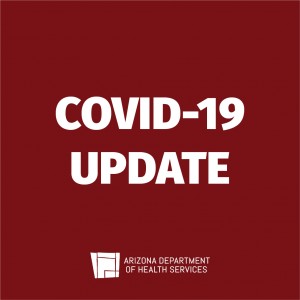 Aside from a child’s home, no other setting has more influence on a child’s health and well-being than their school. Schools provide education instruction, support the development of social and emotional skills, facilitate physical activity, and address nutrition needs.
Aside from a child’s home, no other setting has more influence on a child’s health and well-being than their school. Schools provide education instruction, support the development of social and emotional skills, facilitate physical activity, and address nutrition needs.
On October 22, ADHS released updates to the school benchmarks. For details, visit my blog post School Benchmarks Update Highlights State-Counties Partnership from October 28.
Today, we clarified an important element of these school benchmarks: These were developed to provide school leaders with the data and metrics to make informed decisions. But ultimately, as has been the case since the benchmarks were released, local school authorities continue to be the ultimate decision makers when it comes to determining the best instructional model to use. For example, some schools have not opened for any in-person learning even though they’ve met all the benchmarks. This truly is a local decision.
We recommend that school leaders work closely with their local health departments when making that decision, as local public health has specific insight about the health of local communities. Even with one metric meeting the substantial criteria, a local health department may make a recommendation to close a school or district depending upon specific local circumstances. This has been standard practice since the establishment of the benchmarks.
Schools have worked hard to develop mitigation plans to ensure their students, teachers, and staff remain safe and healthy once on campus. With COVID-19 cases increasing, it is now more important than ever for students and their families to stay home from school or work when they aren’t feeling well. While it is possible for individuals to spread a virus without having symptoms, transmission is more likely when a person has symptoms, especially uncontrolled coughing and sneezing. The best way to limit this type of spread is to evaluate yourself and your children each day for any symptoms.
Thank you to all Arizonans for wearing your masks, maintaining a safe physical distance, washing your hands frequently, and getting an influenza shot. By working together we can reduce the spread of COVID-19 and influenza in our communities and schools.









